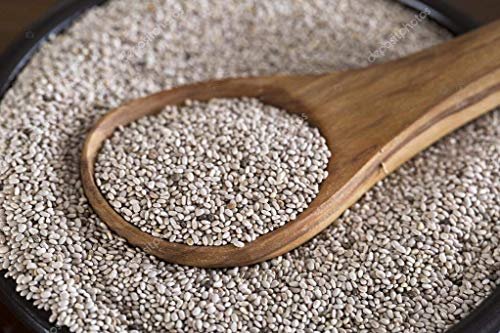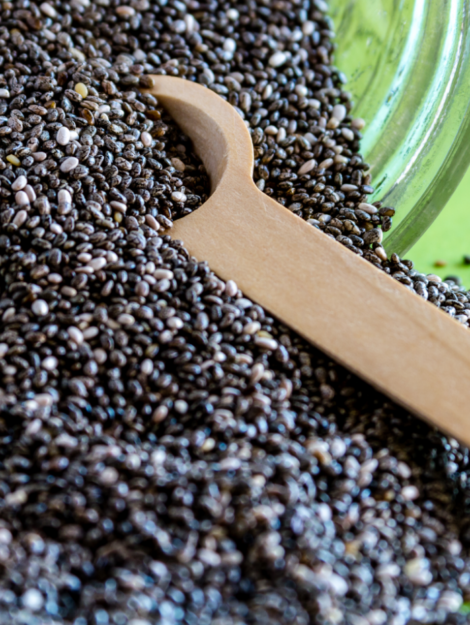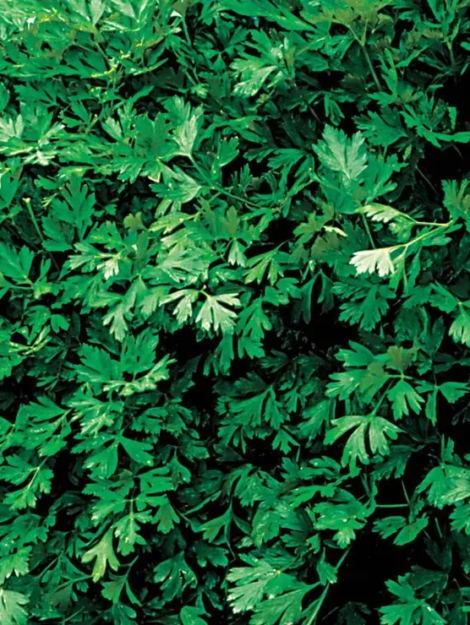- Create a chia seed pudding
- Make some chia seed energy bars
- Create a chia seed jam
- Put it in tea
Best Way to Plant Chia Seeds
If you’re going to plant chia seeds, you will increase your chances of success if planted in areas with light soils. Because chia seeds are hardy, they will do well with organic farming practices. Chia seed sizes will vary from one farm to another due to several factors, such as the moisture content and seed variety used.
The chia seed plant will only grow about 3 to 4 cm tall when grown under dry environmental conditions. However, if environmental conditions are optimal, the chia plant will grow up to 60 cm tall.
Types of Chia Seeds
There are two main types of chia seeds. The most common is the black chia and white chia seed. The best way to know the variety of chia seeds that you have is to look at the colours of the flowers. If the chia plant produces purple flowers, it will produce brown coloured seeds.
It is these brown coloured seeds that we will refer to as “Black Chia.” On the other hand, if the chia plant produces white flowers, the seeds will be white.
Planting Chia Seeds
You can propagate chia seeds as a seedling or from the seeds directly. Before propagating the seeds, ensure that a soil test has been done and that the required nutrients are present in the soil.
Once you plant your seeds and show that watering is done at regular intervals, you should expect to see some sprouting within ten days. You need to know that the leaves need to be thinned if the plant is about 5 Meters tall with more than five pairs of true leaves.
Suitable Temperatures
Chia seeds grow in temperatures ranging from 11 – 36 degrees Celsius. However, they thrive in regions with temperatures of 20 – 25 degrees Celsius.
The growing cycle of chia seeds will depend on the ecosystem. For example, If they are planted at an altitude of between 8 – 2,200 m, the growth cycle will be 100 – 150 days. If grown in altitudes of 900 – 1500m, then the growth cycle will be 120 -180 days.
The Growing Process
Chia seeds are tiny, and as a result, there is no need to dig holes to plant them. Instead, sprinkle a few seeds on the ground and gently cover them with soil. The seeds should be watered at regular intervals, and you should notice sprouts within seven days.
It is important to note that chia seeds can be grown in pots, but they will have to be transplanted once the plant is more than three inches tall. If you are an organic farmer, you are in luck. This is because chia seeds thrive best in organic soils.
Chia Seed Fertilization and Weeding
Chia seeds will require soils rich in nitrogen. However, if the nitrogen is too much, this might affect yields. For this reason, we always advise that you have a soil test done so that an expert can advise you on the type of fertiliser to use for your farm.
One good thing about growing the chia crop is that it is not affected by major pests and diseases because of its leaves. The leaves have essential oils that repel insects and protects the crop from virus infections.
When planting the cheer crop, avoid herbicides for weed control because this might affect the quality of your yields. Instead, use mechanical Weed Control methods.
How to Eat Chia Seeds
If you’re planning to eat chia seeds, you have to do it right. If you eat them as they are, they will be crunchy. However, if you add a little bit of liquid and let them settle for a few minutes, they will become slippery and thick. This thickness makes them a favourite for use using various recipes such as chia seed pudding.
It is also important to note that chia seeds swell if put in water; they can absorb ten times their weight. So how can you eat chia seeds?
Chia seed farming, just like any other farming venture, requires precaution and a little bit of planning. Ensure you have a soil test done to know whether there are nutrient deficiencies or pests and diseases that might harm your farm.
 Cart is empty
Cart is empty 




Reviews
There are no reviews yet.